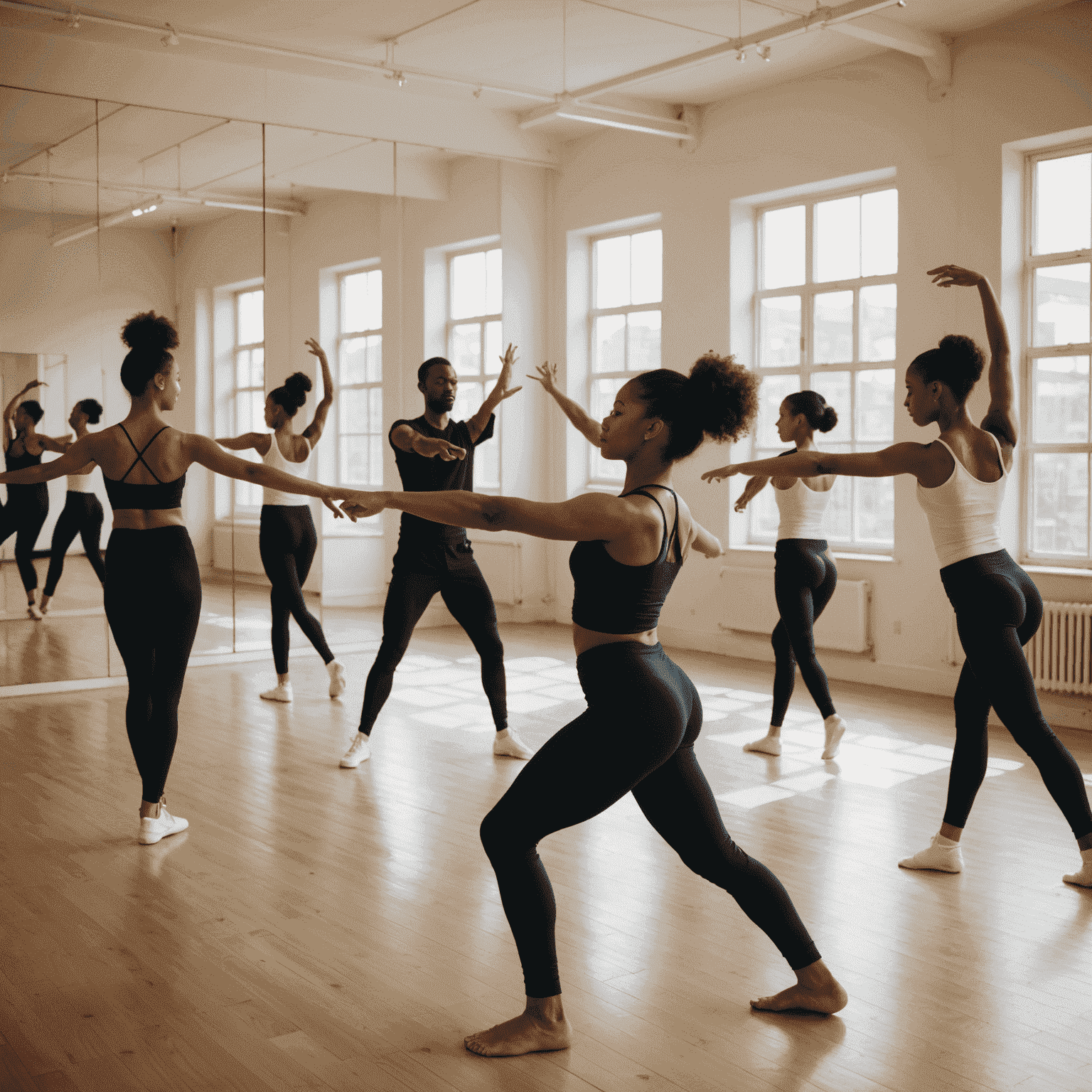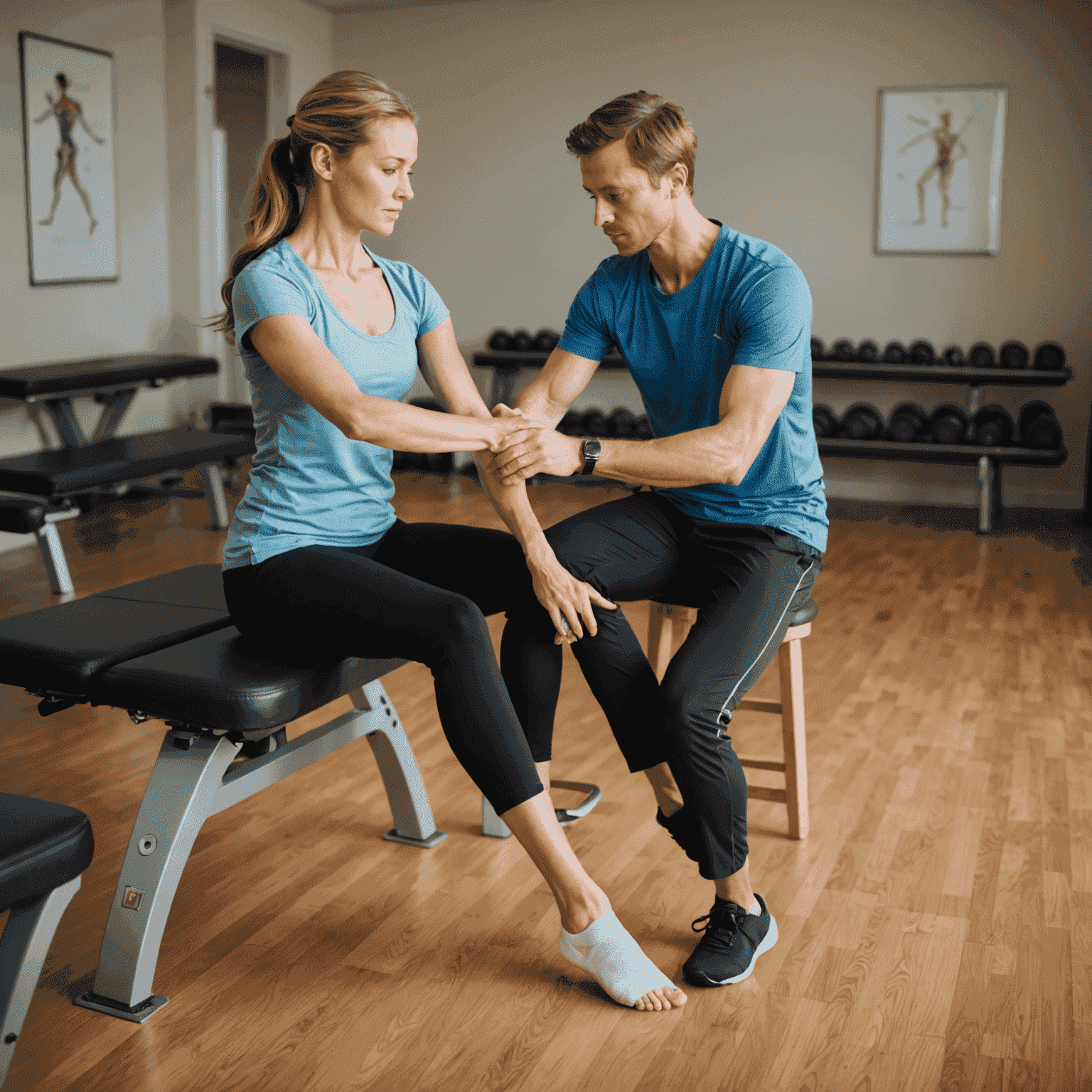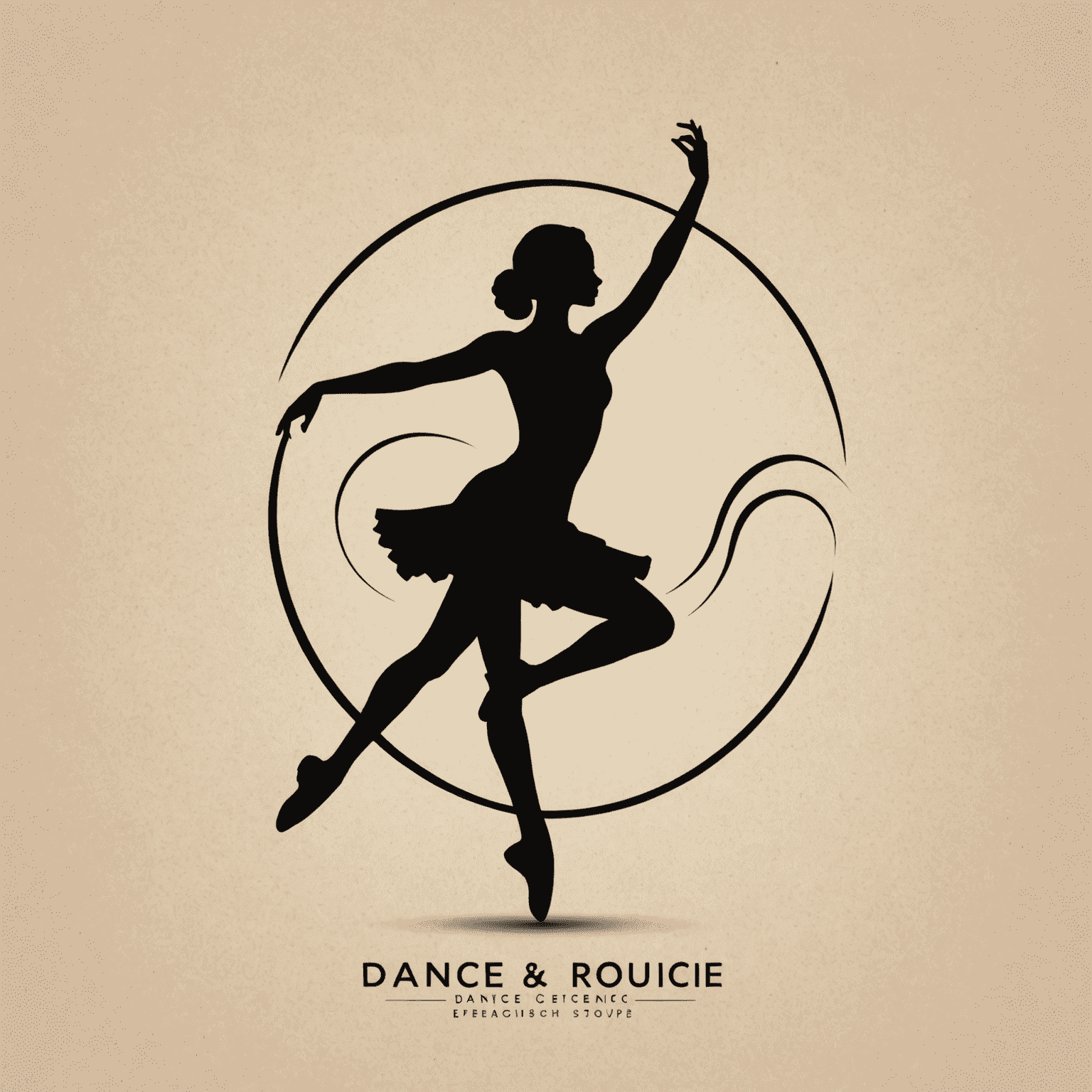Maintaining Dancer's Health: Tips for Longevity in Your Craft

As dancers, our bodies are our instruments. Maintaining peak health and preventing injuries are crucial for a long and successful career in dance. Here are some essential tips for dancers of all levels to stay healthy and perform at their best.
1. Proper Warm-up and Cool-down
Never underestimate the power of a good warm-up and cool-down routine. Spend at least 15-20 minutes warming up your muscles before class or performance. This should include light cardio, dynamic stretching, and targeted exercises for your core and major muscle groups. After dancing, cool down with static stretches to improve flexibility and reduce muscle soreness.
2. Cross-training for Strength and Flexibility
While dance-specific training is essential, cross-training can help prevent overuse injuries and improve overall fitness. Consider incorporating activities like Pilates, yoga, or swimming into your routine. These exercises can enhance core strength, flexibility, and cardiovascular endurance without the high impact of dance.
3. Nutrition for Dancers
Proper nutrition is vital for maintaining energy levels and supporting muscle recovery. Focus on a balanced diet rich in lean proteins, complex carbohydrates, and healthy fats. Stay hydrated by drinking plenty of water throughout the day, especially before, during, and after dance sessions.

4. Rest and Recovery
Adequate rest is crucial for preventing burnout and allowing your body to repair itself. Aim for 7-9 hours of sleep per night and include rest days in your training schedule. Listen to your body and don't push through pain – it's often a sign that you need to take a break.
5. Proper Technique and Alignment
Working with experienced instructors to refine your technique is essential for preventing injuries. Pay close attention to proper alignment in all dance styles, and don't hesitate to ask for feedback or clarification on movements that feel uncomfortable or painful.
6. Mental Health and Stress Management
Dancing isn't just physical – it's also mentally demanding. Practice stress-reduction techniques such as meditation, deep breathing exercises, or journaling. Remember to celebrate your progress and maintain a positive mindset, even when facing challenges.
7. Regular Check-ups and Injury Prevention
Schedule regular check-ups with healthcare professionals who specialize in treating dancers. This may include physical therapists, chiropractors, or sports medicine doctors. They can help identify potential issues before they become serious and provide guidance on injury prevention strategies.

By incorporating these health and wellness practices into your dance routine, you'll be better equipped to enjoy a long, fulfilling career in dance. Remember, taking care of your body is just as important as perfecting your technique. Stay healthy, stay strong, and keep dancing!
